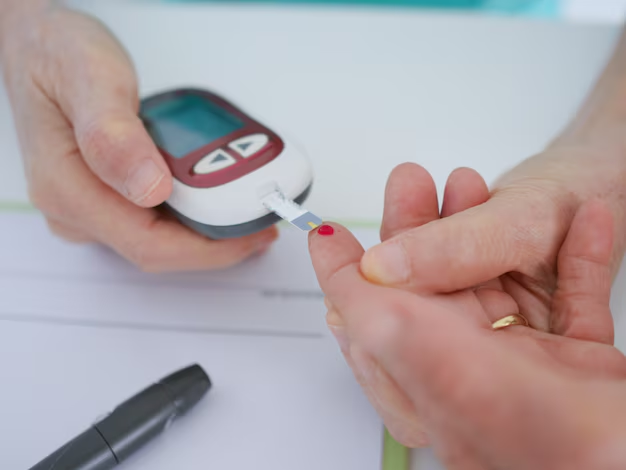Discovering Type 1 Diabetes: Understand How It's Diagnosed
It's almost a cliché: faint symptoms lead to a seemingly innocuous check-up, revealing a life-changing diagnosis. Type 1 diabetes fits this narrative for many, often unveiling its presence in unexpected ways. Unlike its counterpart, Type 2 diabetes, which typically develops gradually and is associated with lifestyle factors, Type 1 diabetes can appear suddenly. Here’s how medical professionals determine if someone has Type 1 diabetes, and why getting an accurate diagnosis is crucial.
Recognizing the Symptoms
The first step toward diagnosis is often the observation of initial symptoms. These may include:
- Excessive thirst and frequent urination
- Extreme hunger or unintended weight loss
- Fatigue and general weakness
- Blurred vision
These indicators can present abruptly, often startling in their intensity and speed of progression. Especially in children and young adults, these warning signs should prompt immediate medical evaluation.
Testing for Type 1 Diabetes
Diagnostic testing is key to confirming Type 1 diabetes. Here's how it typically unfolds:
H2: Blood Sugar Testing
The first line of investigation is testing the amount of glucose in the blood. This can be done through:
- Random Blood Sugar Test: If blood sugar levels on this test are higher than 200 mg/dL, along with symptoms, it suggests diabetes.
- Fasting Blood Sugar Test: After an overnight fast, a blood sugar level of 126 mg/dL or higher indicates diabetes.
H3: HbA1c Test
Another critical test is the Hemoglobin A1c test, which measures the average blood sugar levels over the past two to three months. An A1c level of 6.5% or higher on two separate tests indicates diabetes.
H3: Autoantibody Test
Since Type 1 diabetes is an autoimmune disease, the presence of autoantibodies in the blood is a telltale sign. Tests may include:
- Islet cell autoantibodies
- Glutamic acid decarboxylase (GAD) antibodies
- Insulin autoantibodies
Identifying these antibodies helps distinguish between Type 1 and Type 2 diabetes.
H3: C-Peptide Test
The C-peptide test helps assess how much insulin the body is producing, crucial for distinguishing between the low insulin production characterizing Type 1 diabetes and the insulin resistance of Type 2 diabetes.
Transitioning to Management
Once diagnosed, the journey into managing Type 1 diabetes begins. Treatments focus on insulin therapy, proper diet, and regular exercise. However, managing this lifelong condition also comes with financial considerations. Here's where understanding resources and aids can make a significant difference.
Finding Financial Support
Living with Type 1 diabetes can be expensive, with ongoing costs for insulin, supplies, and healthcare visits. Fortunately, there are financial programs and resources available to help manage these costs:
- 🏛️ Government Aid Programs: Medicaid and Medicare offer benefits that can cover diabetes treatment costs for eligible individuals.
- 💼 Financial Assistance Programs: Nonprofits and patient assistance programs can provide insulin and supplies at reduced costs or free of charge.
- 💳 Credit Solutions: Some credit cards and financial products offer lower interest rates or deferred payment plans for medical expenses, easing the burden of unforeseen health-related costs.
- 🎓 Educational Grants: Scholarships and grants designed specifically for students with chronic illnesses, to cover both educational and medical needs.
Understanding these avenues can help alleviate some of the financial pressures, allowing patients to focus more on managing their health and less on the costs involved. Proactively exploring these options ensures that a Type 1 diabetes diagnosis is managed effectively without compromising on the quality of care.
